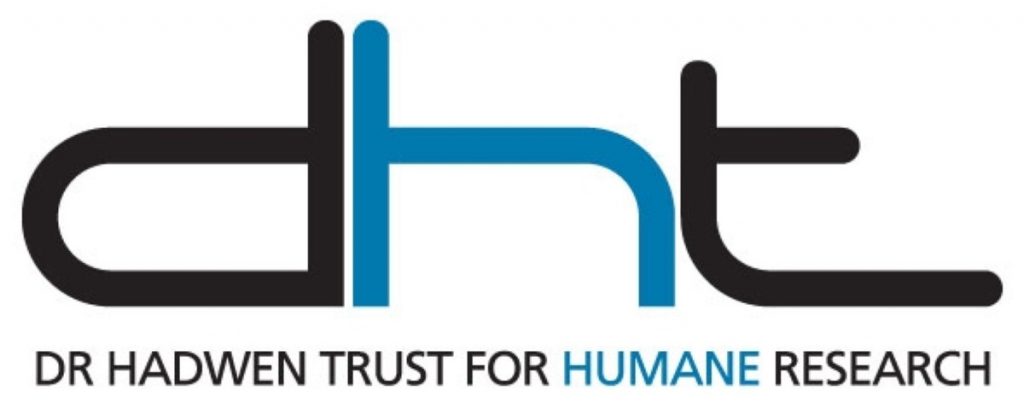Dr Hadwen Trust: Animal experiments reach three million animals for first time in 16 years
Home Office statistics [1] released today (21 July 2008) reveal that Britain’s animal experiments have reached over 3 million animals for the first time in 16 years, a rise of 21% since Labour came to power in 1997. The Dr Hadwen Trust, the UK’s leading non-animal medical research charity, has condemned the rise in its report Let Down By Labour (also published today [2]) which estimates that the government has saved just 2,236 animals per year through its reforms and, in effect, spends only 40p on non-animal replacement research for every animal used in a British laboratory.
There were 3.2 million animal experiments [3] started in Britain in 2007, more than any other member state in Europe [4]. Significant statistics include:
- 6.3% rise in animal experiments since 2006 and 21% increase since Labour came to power
- 11% rise in procedures on GM animals since 2006 and 157% rise since 1998
- 3,125 monkeys used in experiments in 2007; 5,648 dogs; 179 cats
- 1.4% increase in primate experiments since 1998
- 61% of procedures conducted without any form of anaesthesia whatsoever.
In its report Let Down By Labour, the Dr Hadwen Trust demonstrates how Labour’s legacy for laboratory animals has been a severe disappointment and dominated by token gesture policies that have had a minimal impact. Since coming to power in 1997, the pledges contained in their pre-election manifesto ‘New Labour: New Life for Animals’ have largely ended tests that were either virtually finished in Britain anyway or not listed separately in official records, meaning their impact is unquantifiable. For example, the 1997 bans on great ape research and tobacco product testing saved no animals at all in real terms, as no animals were being used for such testing at the time. The ban on cosmetics testing, whilst a significant moral victory, only resulted in the ending of 590 animal procedures as such testing had virtually ended in Britain by the time of the ban.
Labour’s legacy for lab animals 1997 – 2008 (from Let Down By Labour [2]):
- A mere 2,236 animals estimated to have been saved each year as a result of Labour initiatives [5]
- 21% increase in overall animal experiments since 1997 (54% since 1998)
- 532,239 more animals used in British labs each year
- Virtual doubling of MoD experiments on animals at Porton Down
- An estimated 40p spent on replacement research by government for every animal used in a UK lab, in 2006
- The equivalent of just 7.8 seconds on average spent by Home Office Inspectors checking on each laboratory animal
- Only 15% higher government replacement research spending than the main alternatives charities
- 0.00002% of Britain’s science budget spent on government funding of non-animal replacements
The Dr Hadwen Trust’s Wendy Higgins says:
“In 1997 animal welfare tokenism may well have been a vote winner for Labour. But it has resulted in an eleven year record of failure that has now seen the number of animals dying in British laboratories reach three million for the first time in 16 years. If the government doesn’t take urgent action to implement a clear strategy to replace animals with advanced techniques, Labour’s legacy for lab animals will be an appalling failure. With the latest independent review of animal research revealing a success rate no better than tossing a coin, such high levels of suffering are inexcusable.”
Increasingly, independent reviews of animal research efficacy published in journals such as Nature and the British Medical Journal (BMJ), reveal that animal tests have limited applicability to humans. The most recent, Comparison of treatment effects between animal experiments and clinical trials, by Professor Ian Roberts (London School of Hygiene and Tropical Medicine) was published in the BMJ in 2007 [6]. It concluded that from a total of 221 animal studies (using over 7,100 animals) half of the animal results failed to correctly predict the human outcome. A 50% success rate is about as useful as tossing a coin.
Notes to Editor
1. Home Office. (2008). Statistics of Scientific Procedures on Living Animals: Great Britain 2007. London, England: The Stationery Office
2. Animals in Laboratories: Let Down By Labour published in PDF July 21 2008 by the Dr Hadwen Trust
3. Total procedures: 3,201,581, an increase of 6% from 2006 (The recent trend of increase: 2.73 million animal experiments in 2002; 2.79 million animal experiments in 2003; 2.85 million in 2004; 2.9 million in 2005 and 3.01 million in 2006).
4. Latest statistics declared from each Member State reveal Europe’s top three for animal experiments: First Britain with 3,201581 (2007) followed by Germany with 2,412678 (2005) and third France with 2,325,398 (2004).
5. Calculations based on bans since 1997 on animal testing for cosmetics, alcohol & tobacco products, offensive weapons, the oral LD50 test and procedures using great apes. Let Down By Labour, Dr Hadwen Trust, 21 July 2008.
6. P Perel et al (2007).Comparison of treatment effects between animal experiments and clinical trials: systematic review. BMJ. 334:197.





-01.png)